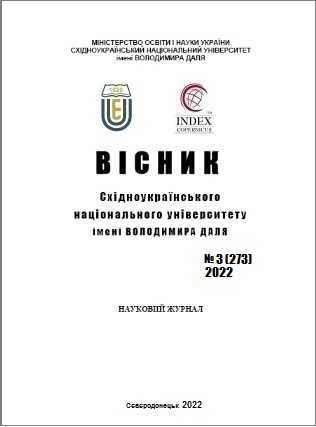Improvement of the process of methane isothermal conversion for methanol production
DOI:
https://doi.org/10.33216/1998-7927-2022-273-3-66-71Keywords:
methanol synthesis, catalyst, methane conversion, synthesis gasAbstract
In chemical industry methanol is one of major organic products, taking into account his cost and scales of production. Methanol is used for the production of films, amines, polyvinyl chloride, urea and ion exchange resins, dyes and intermediates as solvents in the paint and varnish industry. Promising areas are: the use of methanol for high-octane additives for motor fuel, the production of synthetic gasoline and its further use as fuel, as well as the use of energy derived from by-products of methanol synthesis. The synthesis of methanol in industry is carried out from synthesis gas, which includes hydrogen, carbon monoxide and carbon dioxide. The process of obtaining process gas or synthesis gas is a rather complex set of chemical transformations that occur in homogeneous or heterogeneous phases, including in the presence of catalysts. The study of methods for creating catalysts and the study of their physicochemical properties and kinetics led to the emergence of new technologies for the synthesis of methanol. Nevertheless, chemical production requires the development of more active and selective catalysts, new processes for the production and manufacture of process gas. Typical oxygen, steam, steam with carbon dioxide dosing, high temperature and other types of conversion are usually used to obtain the source gas and prepare it for methanol synthesis. Preparation of the original synthesis gas for methanol production in most industrial technologies used in Ukraine is carried out by the method of vapor-oxygen-carbon dioxide conversion of natural gas. The catalysts used for this process should have improved activity, selectivity, high mechanical strength and ensure stable operation. Therefore, the article considers the latest technology for the production of structured fibrous cellular catalysts equipped with electric heaters. Laboratory and research-industrial tests of the developed catalysts in isothermal conversion are carried out. A survey of the current scheme of synthesis gas derivative production for methanol production, technical and economic comparison of these processes.
References
1. Лейбуш А.Г.,Семенов В.Я., Казарновский Я.С., Кархов Н.В. Производство технологического газа для синтеза аммиака и метанола из углеводородных газов.-Химия, М.,1971, 288с.
2. Handbook of Heterogeneous Catalysis-/13.11-Steam Re-forming/, Edited by G. Ertl, H. Knozinger, J. Weitkamp, «WILEY-VCH», 2008, p.p. 2882-2905
3. С.В. Дигонский, В.В. Тен. Неизвестный водород.-Санкт-Петербург, Наука, 2010, 219с.
4. Hou, K.and Hughes, R. The kinetics of methane steam re-forming over a Ni/α-Al2O3 catalyst. Chemical Engineering Journal, 2001, 82, p.311-328
5. Zaufir, M. and Gavriilidis J. Catalytic combustion assisted steam reforming in a catalytic plate reactor., Chem. Eng. Sci., 2003, 58, p. 3947-3960
6. Valensa, J. A mixed-dimensionality modeling approach for interaction of heterogeneous steam reforming reactions and heat transfer, Marquette University, 2009, 143 p. (http://publications.marquette.edu/theses-open/143)
7. Kimmel, Adam Stefen, Heat and mass transfer correlations for steam Methan reforming in non-adiabatic, process-instensified catalytic reactors, Marquette University, 2011, Masters Theses, paper 103 (http://epublications.marquette.edu/theses-open/103).

